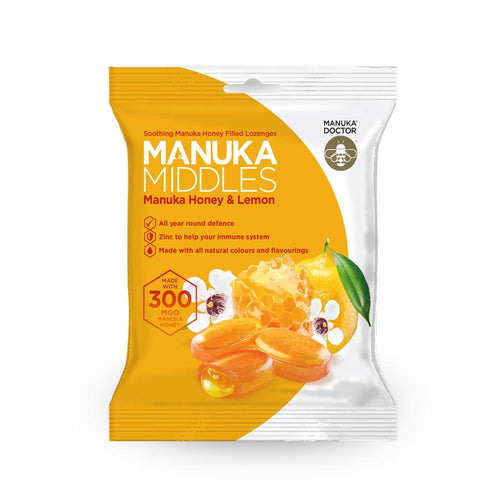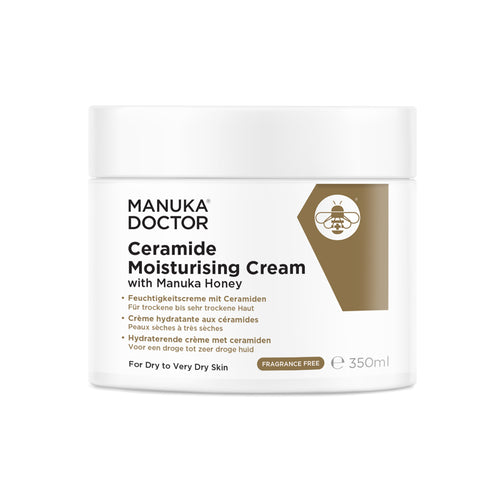It’s always worth investing in your health. But how can you make sure you are spending your money wisely?
Yes, real Manuka honey can be an expensive purchase if you can’t find a special offer.
So how can you avoid being ripped off by fake products, copies, or diluted grades?
This blog explains some secret tips and tricks that some unscrupulous brands use.
Learn how to spot these five important things so you can always buy the real deal.

Real Manuka honey must adhere to the strict New Zealand government standard (also called the MPI or Export standard).
This ensures that a Manuka batch contains the right levels of four naturally occurring compounds.
Thankfully all Manuka Doctor honey has this standard printed on the lid of every jar.
But some companies however may choose to mix, blend and dilute real Manuka honey with other types of non-Manuka to get more out of their harvest.
Look out for labels which state “A Manuka honey blend” or “Blend of EU and Non EU honey” as this often indicates that the Manuka has been mixed in an off-shore country and may not be all it seems.

New Zealand is the only country in the world which has created a strict scientific definition of what Manuka honey contains. Insisting on a DNA test on all honey to prove it is from the New Zealand Manuka bush (Leptospermum Scoparia).
Australia also harvests a honey called Jellybush, which some bee-keepers have decided to rename Manuka due to it being linked to a distant relative of New Zealand’s Manuka bush.
Australia does not have the same legal definition and strict scientific tests for their Jellybush honey, meaning currently Australian companies may call their honey “manuka” unchallenged.
New Zealand is fiercely opposed to this and currently a legal battle is underway to protect the name Manuka for solely New Zealand products.
Manuka Doctor is a proud New Zealand company whose honey is harvested, tested, and packed in New Zealand itself before being exported around the world.

Historically different brands of Manuka all used different rating scales.
The result was confusion among customers about what each rating scale really showed.
Words like ACTIVE and FACTOR can be misleading if it is not declared what substance they are really measuring.
The main natural compound in Manuka honey which provides its anti-microbial properties is called MGO, or Methylglyoxal.
MGO is also one of the compounds measured in order to obtain a UMF rating. Another scale of measuring genuine Manuka.
All Manuka Doctor honey displays the MGO strength on the front of the label, expressed in milligrams per kilogram. So a 100 MGO honey will have no fewer than 100 milligrams of Methylglyoxal per kilogram.
Furthermore, Manuka Doctor lets you see the actual test undertaken on your batch to prove its MGO potency. Read more about this in our next tip.

Genuine brands will be proud to show you the lab tests and certificates undertaken on your batch.
To see the results of the independent tests on your batch of Manuka Doctor honey, simply type the batch code - written on the side of every jar - into our online checker.
This will reveal the test for the MPI Standard, and a test to measure your honey’s MGO content.
If a seller is unable to show you these, they may have something to hide.

Manuka Doctor is an established brand with more than 10 years of trading around the world.
As such we are proud to be able to use the “Made in New Zealand” trademark on our jars to show we are a genuine Kiwi brand.
This guarantees that our brand has is truly from the home of Genuine Manuka Honey. The real deal. As nature intended.
Now you’ve learned how to spot Genuine Manuka, why not browse some of our special offers today? View more here


